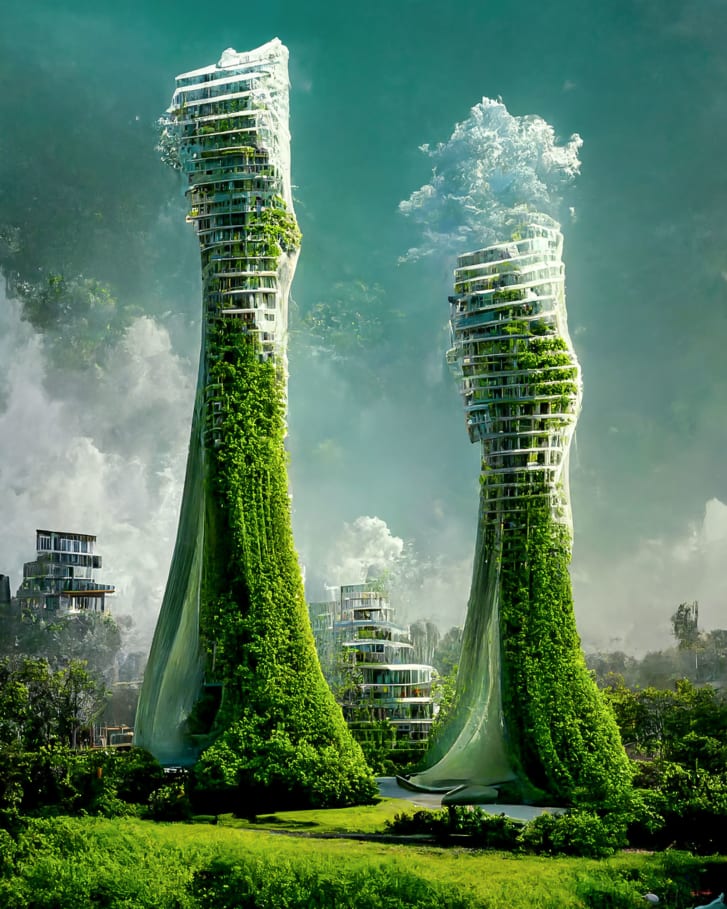
It seems nearly every industry—from copywriting to retail–is integrating the power of artificial intelligence into standard operating procedures. We can hardly complete a 24-hour news cycle without a story on the impact (and perceived threat) of AI. At COR3, we believe in embracing technological advancements if they can benefit the work we are doing to make us more efficient and better serve our clients.
So, we were fascinated to review scenes from an architect’s request to ask AI to design “skyscrapers of the future.” Manas Bhatia, a New Delhi-based architect, is highly interested in architecture that intermingles with the natural world (Source). Some of his futuristic, conceptual designs created using AI technology include buildings made from living materials.
For example, he created a concept of apartments formed inside redwood-sized trees. “If we could create building materials to be organic, and to live and grow, the building could ventilate itself through these natural processes,” Bhatia said. He calls this project, “Symbionic Architecture” and collaborating with the AI technology allowed him to manifest his vision into a futuristic reality.
While we don’t foresee designing structures within trees anytime soon, the playful concept brings a little whimsy and curiosity we all need from time to time – while expanding our interest in the world of artificial intelligence.

